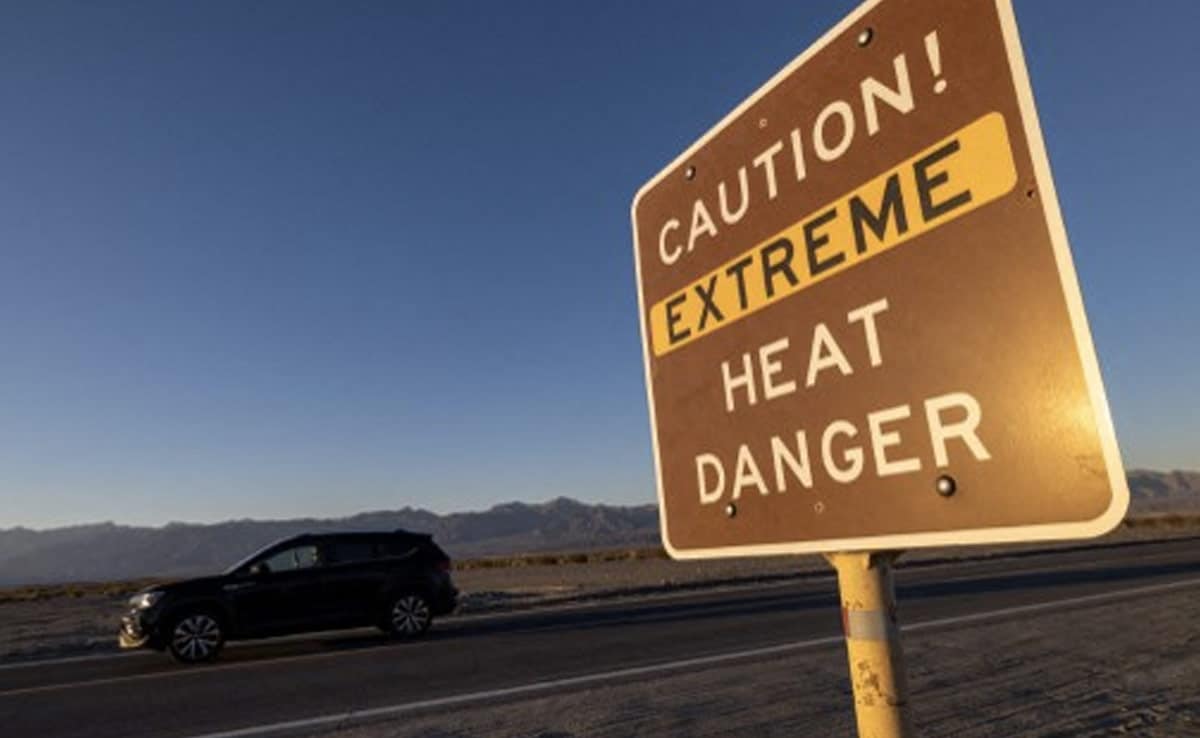
Greenhouse gas emissions are a major driver behind climate change.
The Earth experienced the warmest June-August period on record this year, according to American space agency NASA and the National Oceanic and Atmospheric Administration (NOAA). It was the hottest summer in the Northern Hemisphere and the warmest winter in the Southern Hemisphere.
The months of June, July, and August were 0.23 degrees Celsius warmer than any previous summer in NASA’s record and 1.2 degrees Celsius warmer than the average summer between 1951 and 1980. Additionally, August temperature was 1.2 degrees Celsius higher than usual. It is to be noted that in the Northern Hemisphere, meteorological summer lasts from June to August.
This new record comes as a global heat wave intensified wildfires in Canada and Hawaii and fueled intense heat in South America, Japan, Europe, and the US, as per NASA.
NASA Administrator Bill Nelson said in a statement, “Summer 2023’s record-setting temperatures aren’t just a set of numbers – they result in dire real-world consequences. From sweltering temperatures in Arizona and across the country, to wildfires across Canada, and extreme flooding in Europe and Asia, extreme weather is threatening lives and livelihoods around the world.”
Greenhouse gas emissions have been identified as a major driver behind climate change and the worldwide warming trend that resulted in such a sweltering summer. NOAA chief scientist Sarah Kapnick said, “Not only was last month the warmest August on record by quite a lot, it was also the globe’s 45th-consecutive August and the 534th-consecutive month with temperatures above the 20th-century average. Global marine heat waves and a growing El Nino are driving additional warming this year, but as long as emissions continue driving a steady march of background warming, we expect further records to be broken in the years to come.”
The tropical Pacific Ocean experiences El Nino, a natural climate trend characterised by higher-than-normal sea surface temperatures. The phenomenon may have wide-ranging consequences, frequently bringing colder, wetter weather to the Southwest of the US and drought to nations in the western Pacific, such as Australia and Indonesia, according to NASA.
“Unfortunately, climate change is happening. Things that we said would come to pass are coming to pass. And it will get worse if we continue to emit carbon dioxide and other greenhouse gases into our atmosphere,” Gavin Schmidt, a climate scientist with the space agency stated.




